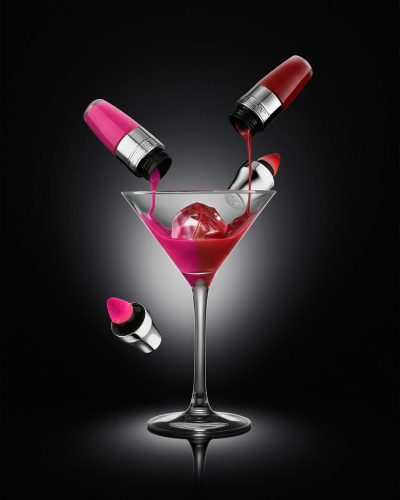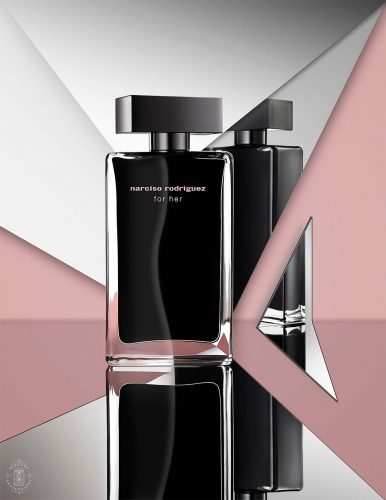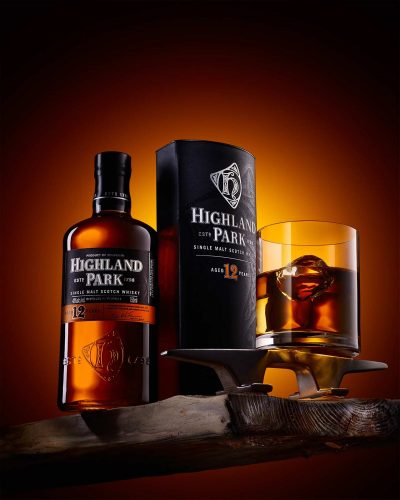Featured Interview
Roman Sapronov is a New York City-based photographer who specializes in e-Commerce product photography. He is an active member of the Photigy Community who developed his love of photography while traveling the world working for a cruise ship line.
How long have you been a photographer?
I’ve had a love/hate relationship with photography for around 10 years! Professionally, I started my journey with event photography. I think every working professional photographer has gone down the weddings and events path at least once in life. It wasn’t the most enjoyable experience in my career, which is why I started to explore other kinds of photography.
After spending a couple of years struggling to find my specialty, I finally found my inspiration in still-life and product photography. And the greatest source of inspiration and motivation for me was Photigy – specifically what used to be known as Pro Club, Photigy’s online Learning Community for product photographers.
In the last seven years, I have worked for e-Commerce companies while continuing with my own freelance creative projects.
What did you do before becoming a working photographer?
After graduation from university, I worked for cruise ship lines for a couple of years. That was a great experience, traveling around the globe. I got to see a lot of beautiful places and I wanted to learn how to capture every part of them. I got my first pro camera – a Canon 5D mkii DSLR – from the onboard photographer. Then I become a team member with the Photo Department. That was my first paid job in photography.

Tell us about your business. You’re based in New York City?
Yes, Soprano Photography is my home-based studio located in Brooklyn. For all large-scale projects, I prefer to rent a larger studio space because there are plenty of great studio locations in NYC.
Do you work solo or with others as part of a team?
Most of my still-life and personal projects are solo-based, but I do team up with specialists for larger projects (Retouchers, Stylists, MUA, Light Assistants).
My full-time job is e-Commerce related and I do a lot of pack shots and catalog work. That’s why I’m trying to get more creative freelance projects. My sphere of interest includes:
- – Creative Web branding content
- – Instagram branding content
- – 360 photo/video 3D digitizing
- – Product Videography
What types of products do you primarily shoot?
The majority of the products are apparel – clothing and shoe photography. I do enjoy doing jewelry, cosmetics, and beverage photography. For me, the most challenging is food photography. That’s where you really have to collaborate with creative food stylists to get great results.
Do you do your own post-production/retouching or do you outsource it?
The catalog work is economically reasonable to outsource, but for still-life and creative projects, when possible, I prefer to do the retouching myself. Creative retouching and compositing are a huge part of the creative process.
There are two ways of doing creative product photography:
The first way is “clean” and natural-looking All-In-Camera photography that requires 90% of the work to be done in the studio with camera lighting, composition, and set design. The retouching is only a slight polishing. I think it’s becoming popular again and we have to learn and practice “Clean Photography” techniques more often and avoid thinking, “It will easier to fix in post.”
The second way is to shoot for composite retouching. It’s a very post-production-heavy way (50/50) and for the best results, you have to be an experienced retoucher yourself. Not everything can be “saved” by a retoucher.

What made you decide to pursue product photography?
Product and Still Life photography is an endless joy of experimenting, learning, and discovering new techniques, lighting, composition, and textures. You can light, shine, burn, freeze, splash, explode and it’s only the beginning. You will never get bored by the creative process and you will always discover something new.
When you first got started, what did you find to be the most challenging aspect of photographing products?
As with most of us photographers, the most challenging part was lighting. With improving my lighting skills, my next challenge was to become a retoucher.
CGI is what challenges me now. I want to learn more about how to use the power of CGI in combination with photography.
How did you first learn about Photigy?
The first time, I saw some video tutorials on YouTube by Alex Koloskov. Then I discovered the Photigy community and started my deep dive in exploring and learning every aspect of product and still-life photography.
Did you learn from (Pro Club) workshops, individual courses, or both?
I do have most of the individual courses and I’ve been a Pro Club member since 2014.
Do you have a favorite course or workshop?
I think one of the most useful courses is, “Post-Production Course for Product Photographers.” And I enjoy all of the jewelry and watch photography courses.
The most interesting course was the “Jewelry Workshop with Model and Post-Production” course because it was a combination of a live model and jewelry photography, which made for a challenging and interesting process.
Plus, every course with splash or ink photography is highly recommended. The “3D Digitizing and 360° View Creation for e-Commerce” and “360 Video Course” are both challenging and interesting, but you have to invest heavily in powerful video LED lights and 4k-capable video cameras and learn how to color grade footage. Then DaVinci Resolve Studio is the next thing you have to learn if you want to succeed in video production.
I think the most important course though is the business course, “How to Start, Survive, & Make Money as a Photographer.”

How has your learning experience with Photigy affected your success as a photographer or pursuit of photography?
Photigy is the greatest motivational and inspirational database of knowledge. The main idea is that you have to practice what you just learned in theory. If you just watch YouTube tutorials but do not practice, you will simply forget everything in a few weeks.
What advice do you have for people interested in pursuing product photography?
The main advice I have is to keep yourself motivated, focused, and never copy-paste someone’s work (even Alex’s tutorials), but add something new, improve it, make it better. For creative people, it is common to copy each other, but to differentiate ourselves, we have to keep adding new lines to what already exists.
What other areas of photography interest you?
Surprisingly, my latest hobby is people photography. Also, it came from my other hobby – filmmaking. I like to be on short film sets and to help my friends as a sound recordist or gaffer, or as a BTS on-set photographer.
Knowledge of studio lighting helped me a lot in understanding a cinema lighting. I like to work with actors and to help them with headshots.
I think it’s important sometimes to take breaks from Product Photography (especially catalog work) and do something different and learn some new skills.
About Roman
Courses Taken:
Check out more of his creative photos at his website:
and follow him on social media:
Behance: https://www.behance.net/sapronophotography


